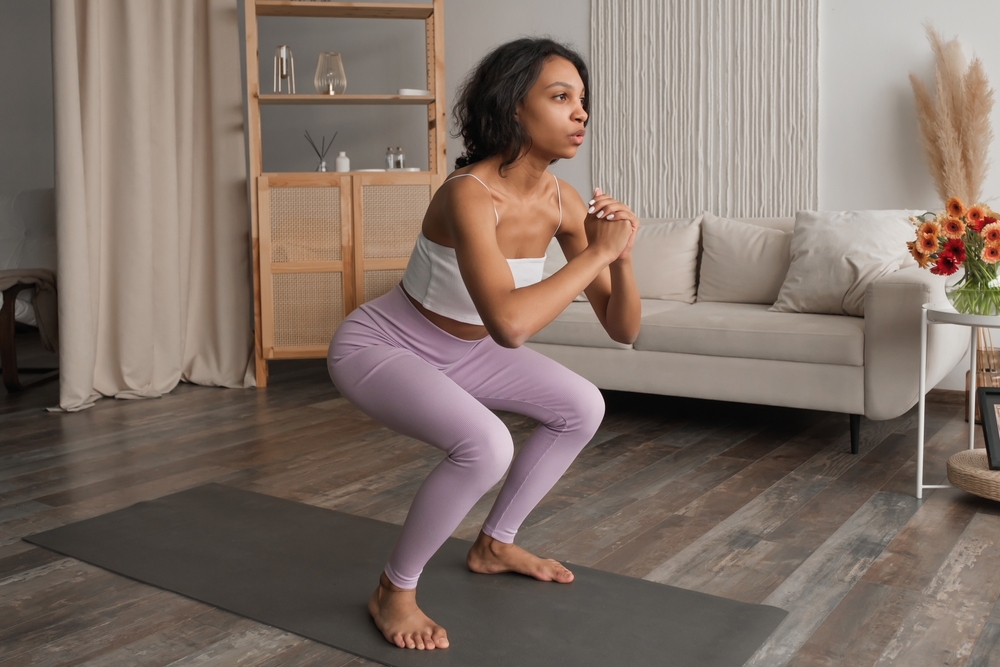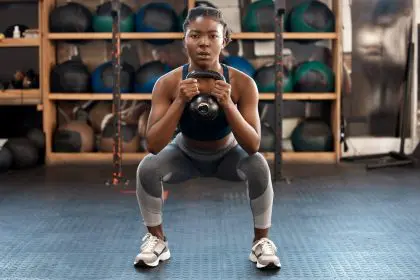Physical trainers and rehabilitation specialists are increasingly focusing on a critical but often neglected muscle group that could be the key to improved core strength, better posture, and reduced back pain. The pelvic floor, a hammock-like structure of muscles spanning the bottom of the pelvis, serves as a foundation for core stability yet remains misunderstood by many fitness enthusiasts and overlooked in exercise routines.
The foundation of core strength
The pelvic floor doesn’t get the same attention as visible muscles like abs or glutes, but its impact on physical performance is profound. This network of muscles supports the bladder, bowel, and uterus while connecting to the deep abdominal muscles, multifidus, and diaphragm to create what experts call the “core canister.”
Many people immediately think about crunches or planks when discussing core strength. However, physical therapists specializing in pelvic health emphasize that true core stability begins with the pelvic floor, which forms the base of the core canister.
Recent biomechanical research indicates that pelvic floor dysfunction may be present in up to 30% of people with chronic lower back pain. Strengthening these muscles can provide relief where other interventions have failed.
Beyond women’s health
While pelvic floor training has historically been associated with women’s health, particularly postpartum recovery, experts now recognize its importance for everyone, regardless of gender or age.
Men benefit equally from pelvic floor training, especially those involved in high-impact sports or experiencing stress incontinence. For older adults, maintaining pelvic floor strength can prevent falls by improving balance and supporting overall mobility.
Athletes from Olympic weightlifters to marathon runners have begun incorporating pelvic floor awareness into their training regimens, noticing improvements in power generation, endurance, and injury prevention.
The 7 exercises that strengthen your foundation
These exercises require no equipment and can be performed anywhere. The key is consistency and proper technique:
Basic kegels: The fundamental pelvic floor exercise involves contracting the muscles you would use to stop urination midstream. Hold for 5 seconds, release completely, and repeat 10 times. For optimal results, practice 3 sets daily.
Diaphragmatic breathing: Lie on your back with knees bent and hands on your lower ribs. Inhale deeply through your nose, allowing your belly to expand. As you exhale slowly through your mouth, gently engage your pelvic floor. This coordination between breath and pelvic floor activation is essential for functional core strength.
Bridge with pelvic floor engagement: Lie on your back with knees bent and feet flat. Engage your pelvic floor, then lift your hips toward the ceiling while maintaining that engagement. Lower slowly and repeat 10-15 times.
Squats with breath coordination: Stand with feet shoulder-width apart. Inhale as you lower into a squat, exhale as you rise while engaging your pelvic floor. This functional movement pattern trains your core to activate during everyday activities.
Bird dog with pelvic floor awareness: Begin on hands and knees. Engage your pelvic floor as you extend opposite arm and leg. Maintain a neutral spine and steady breathing throughout the movement. Hold for 3-5 seconds before switching sides.
Standing posture check: Simply standing with proper alignment can activate the pelvic floor. Stand with feet hip-width apart, knees soft, tailbone slightly tucked, and ribs aligned over hips. This position naturally engages your deep core muscles.
Yoga child’s pose: Kneel with knees apart, big toes touching. Sit back on your heels and reach arms forward. As you breathe deeply, focus on the gentle stretch of your pelvic floor muscles. This restorative position helps release tension that can interfere with proper function.
The mind-muscle connection
Perhaps the biggest challenge in pelvic floor training is developing awareness of these internal muscles. Unlike a bicep curl where you can see the muscle working, pelvic floor engagement happens internally.
The first step in effective pelvic floor training is simply learning to feel these internal muscles. Most people need guidance to distinguish between proper pelvic floor contraction and compensatory movements like squeezing the glutes or holding the breath.
Visualization techniques can help. Imagine the pelvic floor as an elevator moving up and down between floors, or as a flower opening and closing. These mental images can improve neuromuscular control.
Integrating into your fitness routine
For maximum benefit, pelvic floor exercises should be both isolated and integrated into larger movement patterns.
Begin with 5 minutes of focused pelvic floor exercises daily. As awareness improves, incorporate this engagement into your existing workout routine, maintaining pelvic floor activation during plank holds, remembering to engage during the pushing phase of strength exercises, or focusing on the pelvic floor-breath connection during yoga.
Modern fitness trackers and apps now include pelvic floor training programs, making it easier to maintain consistent practice. Some advanced physical therapy clinics offer biofeedback tools that provide visual confirmation of proper muscle activation.
When to seek professional guidance
While these exercises are generally safe, certain conditions warrant professional consultation. Those with pelvic pain, significant incontinence, or pelvic organ prolapse should work with a pelvic floor physical therapist before beginning a self-directed program.
Pelvic floor issues aren’t just about weakness, sometimes these muscles are too tight or uncoordinated. Qualified specialists can assess specific needs and customize programs accordingly, especially for individuals with complex symptoms.
Insurance increasingly covers pelvic floor physical therapy, recognizing its importance for overall health and potential to prevent costly complications.
As our understanding of functional anatomy evolves, the pelvic floor is finally receiving the attention it deserves as a cornerstone of physical wellbeing. These simple exercises represent a small investment with potentially significant returns for posture, performance, and pain prevention.


















